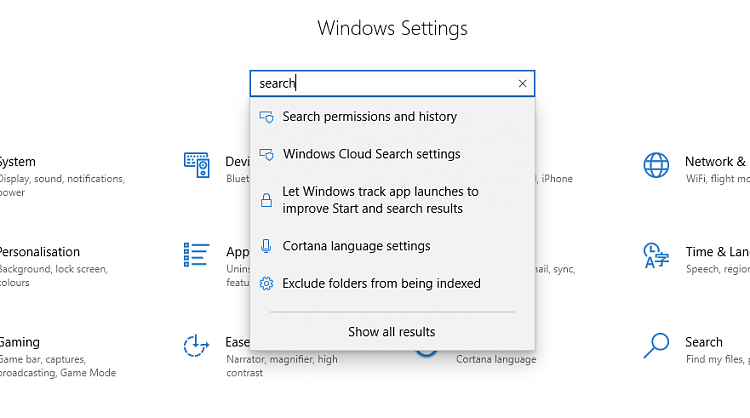

The interviews inspired a number of unique features in Cortana, including the assistant's "notebook" feature.

To develop the Cortana digital assistant, the team interviewed human personal assistants. Some of the key researchers in these early efforts included Microsoft Research researchers Dilek Hakkani-Tür, Gokhan Tur, Andreas Stolcke, and Malcolm Slaney, research software developer Madhu Chinthakunta, and user experience designer Lisa Stifelman. Heck and Serafin established the vision, mission, and long-range plan for Microsoft's digital personal assistant and they built a team with the expertise to create the initial prototypes for Cortana.

The development of Cortana started in 2009 in the Microsoft Speech products team with general manager Zig Serafin and Chief Scientist Larry Heck. It is named after Cortana, a synthetic intelligence character in Microsoft's Halo video game franchise originating in Bungie folklore, with Jen Taylor, the character's voice actress, returning to voice the personal assistant's US-specific version. It was launched as a key ingredient of Microsoft's planned "makeover" of future operating systems for Windows Phone and Windows. History Ĭortana was demonstrated for the first time at the Microsoft Build developer conference in San Francisco in April 2014. In January 2020, the Cortana mobile app was removed from certain markets, and on March 31, 2021, the Cortana mobile app was shut down globally. It was split from the Windows 10 search bar in April 2019. Microsoft began reducing the prevalence of Cortana and converting it from an assistant into different software integrations in 2019. Cortana is a virtual assistant developed by Microsoft, that uses the Bing search engine to perform tasks such as setting reminders and answering questions for the user.Ĭortana is currently available in English, Portuguese, French, German, Italian, Spanish, Chinese, and Japanese language editions, depending on the software platform and region in which it is used.


 0 kommentar(er)
0 kommentar(er)
